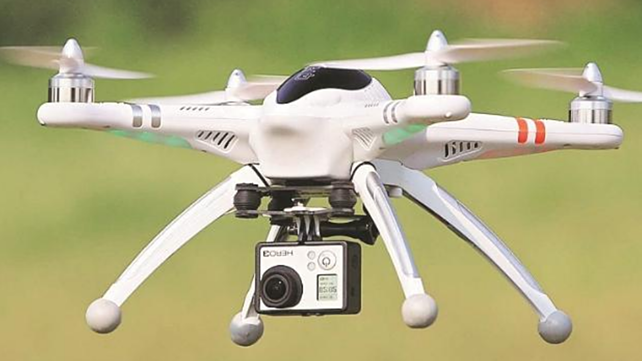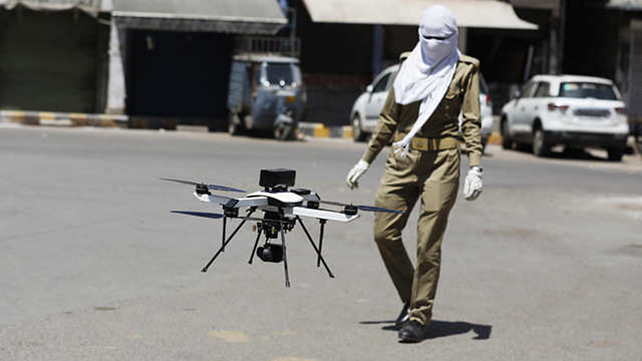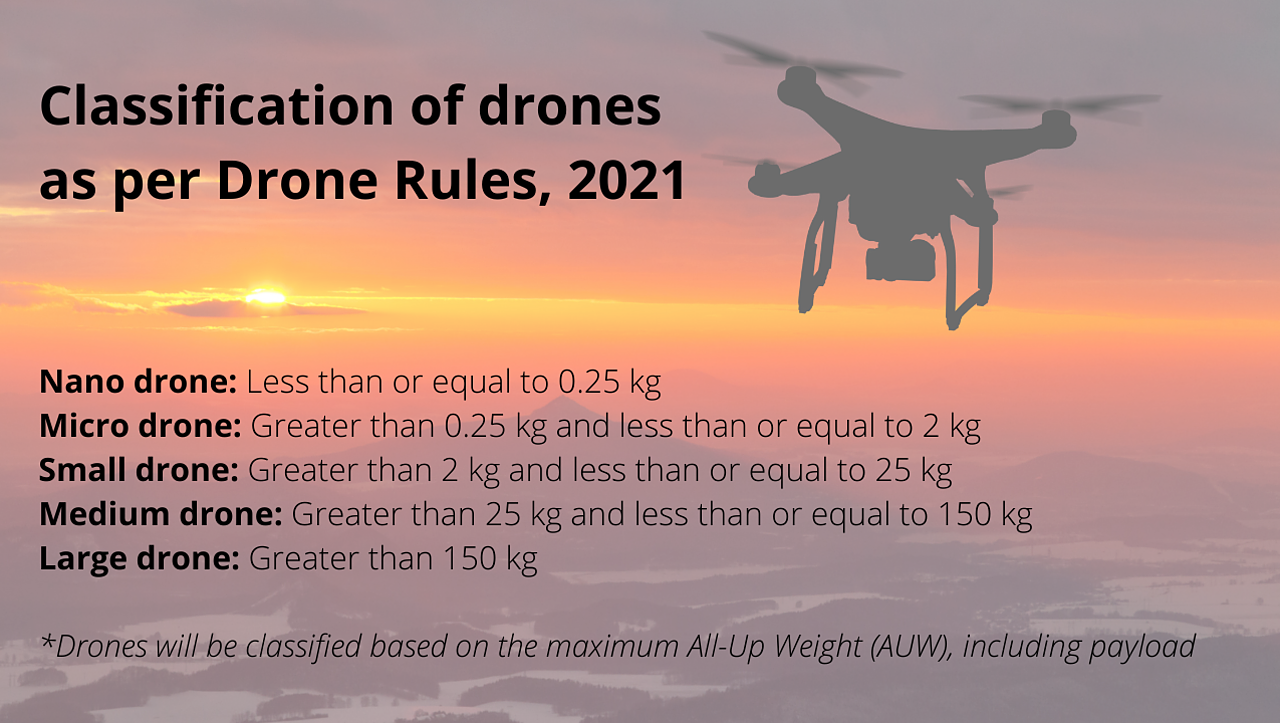
India’s population, size, varied landscape and geography coupled with poor road and air last-mile connectivity across large swathes of the nation, make it ideally suited for commercial operations of Unmanned Aerial Vehicles/Unmanned Aerial Systems (UAS/UAV), more commonly known as drones.
According to the Federation of Indian Chambers of Commerce and Industry’s (FICCI) Committee on Drones, the market potential up to 2030 for drones in India, is cumulatively estimated at approximately INR 300,000 crore (approx $40 billion) across drones and counter-drone technology. It estimates that defence and homeland security requirements would account for 50% of this market, while commercial drones will take up the rest.
Drone operations have enormous market disruption potential in the commercial sector and could deliver significant benefits in increased productivity, reduced need for manpower and lower costs for Indian firms, allowing them to become more competitive. While India has lagged behind other countries in the region for greater adoption of drones for commercial services, there has been a strong push in recent years towards increased nationwide adoption of drones for various purposes.

The new Draft Drone Rules, 2021, released by the Ministry of Civil Aviation (MoCA) on July 15 are a substantial step forward towards unlocking the market potential of drones in India. Public comments for the draft rules will be accepted till August 5, following which the final rules will be issued.
When finalised, the new Drone Rules, 2021 will replace the Unmanned Aircraft System Rules (UAS Rules), 2021 (released in March), which now stands repealed.
Trust based regulation
In a welcome change, the Drone Rules, 2021 are based on the premise of trust, self-certification, and non-intrusive monitoring, signalling an important change in the aviation regulatory environment.
Concrete steps have been taken to reduce regulation, with the number of forms needed for drone operators reduced from 25 to six. Numerous requirements for approvals have also been abolished, including unique authorisation number, unique prototype identification number, certificate of conformance, certificate of maintenance, import clearance, acceptance of existing drones, operator permit, authorisation of R&D organisation, student remote pilot licence, remote pilot instructor authorisation, drone port authorisation, etc.

Operation of micro drones (for non-commercial use), nano drones and drone operations for R&D organisations will not require a pilot license. Requirements for certificate of airworthiness, unique identification number, prior permission and remote pilot licence for R&D entities have also been repealed.
All drones up to a maximum All-Up-Weight (AUW) of 500 kg will come under the ambit of the new rules as compared to 300 kg under the earlier UAS rules. For drones with a max AUW greater than 500 kg, the provisions of the Aircraft Rules, 1937 will still apply except for drones used by the Army, Air Force or Navy.
The new rules also state that additional safety features towards drone operations such as ‘No permission – No Take-Off’ (NPNT), real-time tracking beacons and geo-fencing will be notified in future, with a six-month lead time provided for compliance.
The Drone Rules, 2021 also state that there will be no restriction on drone operations by foreign-owned companies registered in India. The fees that need to be paid have also been reduced to nominal levels with no linkage to the size of the drone.
The government has been keen on solving the challenge of last-mile connectivity in remote areas, where it sees drones as being especially useful. Towards meeting this requirement, drone corridors will be developed for cargo deliveries and a drone promotion council will be set-up by the government to facilitate a more business-friendly regulatory regime.

Airspace for operation
A new Digital Sky Platform is also being developed in an effort to create a more business-friendly single-window online system. The realisation of the Digital Sky Platform will allow most permissions to be self-generated and with minimal human interface. The Digital Sky Platform will also display an interactive airspace map with green, yellow, and red zones (operating drones in red/yellow zones will require prior permission).
The new rules now state that no permission is required to operate drones up to 400 feet in green zones and up to 200 feet in the area between eight and 12 km from the airport perimeter, while the yellow zone has been reduced from 45 km to 12 km from the airport perimeter.
In May 2021, MoCA had approved NPNT-compliant drone operations at 166 additional green zones, in addition to 66 green zone sites approved earlier. At these sites, drone usage is allowed up to 400 ft above ground level.
The list of the approved green zone sites can be accessed from the Digital Sky Platform (https://digitalsky.dgca.gov.in).